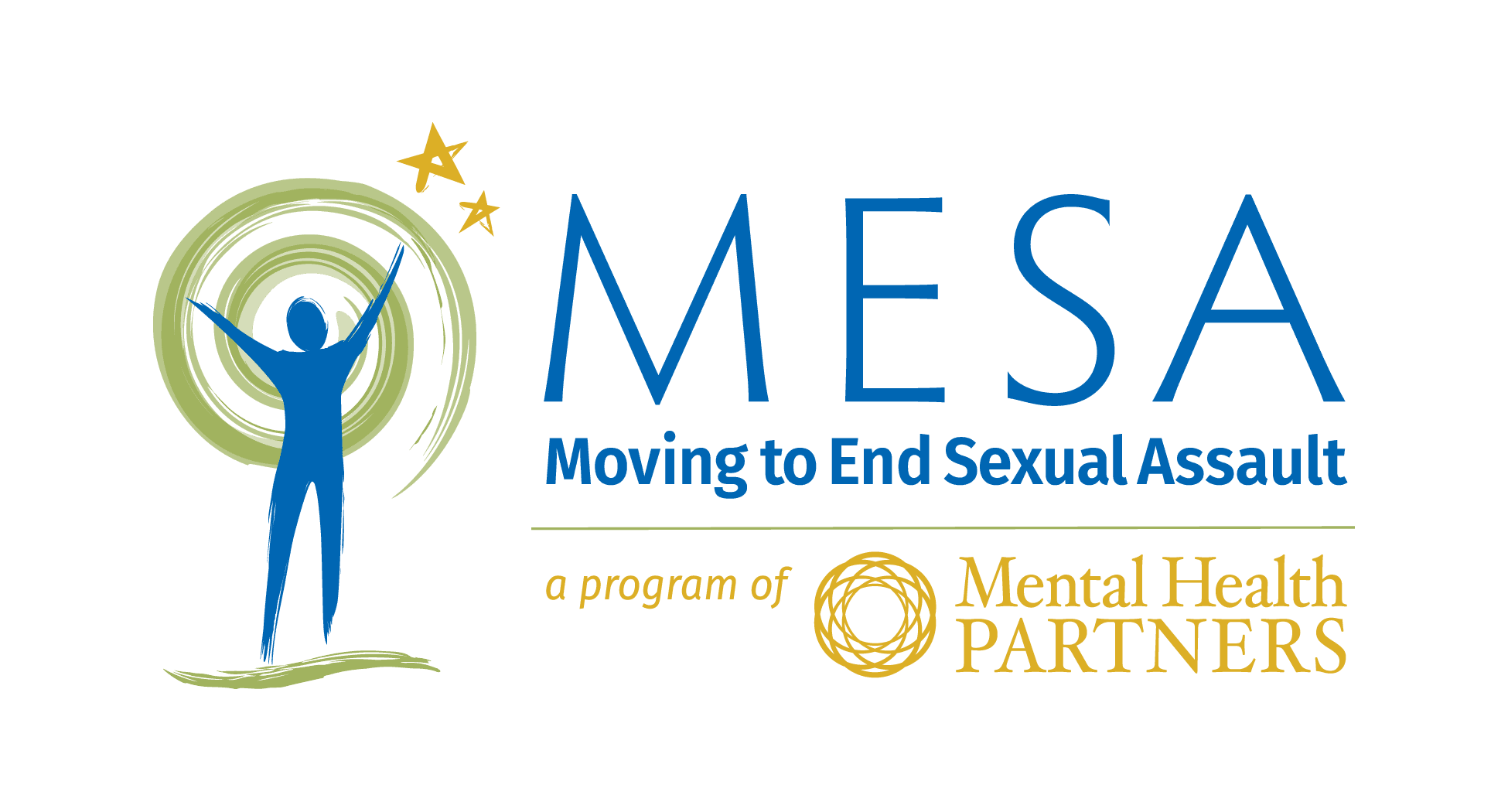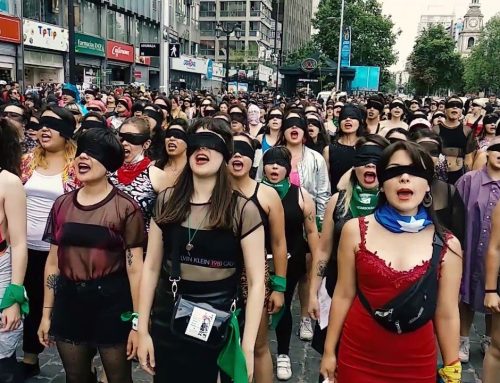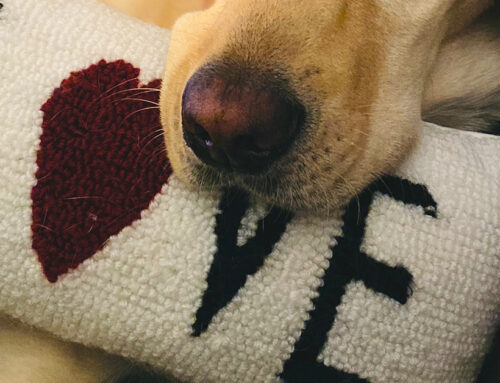Moving to End Sexual Assault (MESA) has served the community since 1972 as the only sexual violence resource center serving Boulder County, Colorado.
The Intersection of Police Brutality and Sexual Violence
We are amid a global Black Lives Matter movement, calling people into the streets to rally for transformative change. This powerful movement is calling for freedom, liberty, and justice for Black, Indigenous, and People of Color within a flawed and unjust system. This revolution has revealed the complex intersection between violence, race, and gender. Comedian, writer, political commentator, and television host Samantha Bee says it best: “Women can’t be left out of the renewed fight for racial equality.”
During an entertaining and poignant interview between Samantha Bee and Tarana Burke, founder of the MeToo movement, the two women discussed this very intersection. Tarana Burke stated, “There is a very direct connection between police brutality and sexual violence. People have to pay attention to sexual violence and the crisis of sexual violence because it really permeates every part of our culture, every part of our lives.” [1]
The stories and statistics paint a clear picture. After the use of excessive force, sexual violence is the second most reported type of police misconduct. A study conducted in 2014[2] found that police sexual misconduct is widespread and grossly underreported, and often involves victims younger than 18. The report elucidates police sexual misconduct as a systemic problem where officers use alleged traffic violation stops to sexually harass or assault female drivers. Just recently we learned that Brett Hankinson, one of the officers involved in Breonna Taylor’s death in Louisville, KY, faced allegations of sexual violence by at least two women who said Hankinson sexually harassed and assaulted them.[3]
Black women and Black LGBTQ people are disproportionally targeted for police sexual misconduct. According to a 2013 report by the Anti-Violence Project, trans people are 3.7 times more likely to experience police violence and 7 times more likely to suffer physical violence when interacting with police.[4]
People are waking up to the reality that police departments and officers are not keeping everyone in their communities safe, sparking the massive protests taking place today. If we keep missing the intersection of race and gender[5] in the context of police misconduct, we lose the opportunity to make the widespread changes we wish to see in both racial and gender justice.
[1] https://www.youtube.com/watch?v=TnOPC7Z3ubQ
[2] https://journals.sagepub.com/doi/abs/10.1177/0887403414526231?journalCode=cjpa&
[3] https://www.vox.com/2020/6/12/21288932/police-officers-sexual-violence-abuse-breonna-taylor
[4] https://www.vox.com/identities/2020/6/23/21295432/police-black-trans-people-violence
[5] https://time.com/5847970/police-brutality-black-women-girls/
Galit Erez, MS
Office Administrator
Moving to End Sexual Assault (MESA)





